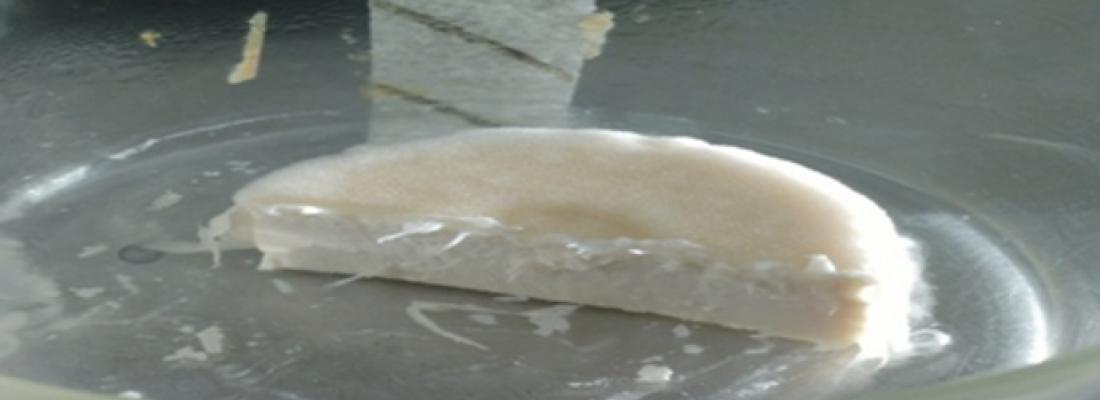Food, Global Health Reading time 1 min
Fermentation at the service of alternative "dairy" products made using plant proteins
Published on 26 October 2017

Increasing the use of legumes to enable a more sustainable food system
Replacing some or all animal proteins with plant proteins in foods can broaden the range of products available while forming part of a more sustainable food system. Among these plant proteins, pea offers numerous advantages from both the environmental point of view and in terms of its functional properties as a protein ingredient for human foods (gelling or foaming properties, for example). With a global market that has grown by more than 13%, pea is the most widely cultivated protein legume in France. But although processing companies are present and well organised, the use of pea as a protein ingredient is still limited because of its pronounced flavour and characteristic "green” notes, which clearly hamper its use in numerous foods at present.
Correcting the defects thanks to fermentation
Based on their knowledge of dairy products, the scientists thought that fermentation could be used to reduce the aroma defects due to pea proteins. Two model foods – one a “yoghurt” and the other a “cheese” – were defined. They were made using protein solutions of either 100% or 50% pea/50% dairy proteins, structured by thermal, acid or enzymatic gelling for the “cheese” model, combined with fermentation. The principal challenge of this project was to identify the microbial communities that could ferment these products in order to obtain satisfactory organoleptic qualities.
Identifying the most appropriate cocktail of strains
Fifty five strains already used for the fermentation of plant and/or animal products were tested in 160 different combinations. Eleven combinations comprising five to nine strains were finally chosen for their sensory characteristics (aromatic notes), their ability to colonise a pea-based solution and their barrier effect against endogenous flora. These “synthetic" microbial ecosystems were able to mask the "green" vegetable note characteristic of pea, while at the same time contributing specific aromatic notes to each formulation.
Gels offering a broad spectrum of textures, ranging from cream desserts to a firm paste, were also obtained thanks to the different protein structuring strategies.
In the future, this approach could be transposed to other plants and also to less refined raw materials (grains, flour versus protein fraction).
The institut Carnot QUALIMENT®

The purpose of the Qualiment® Carnot Institute is to facilitate and promote partnership research and to offer industry access to scientific excellence. Each year, it funds several upstream "revitalisation" projects that are designed to generate results that can be transferred to companies.
Qualiment® can offer private sector actors – SME or major industrial groups – a range of cross-disciplinary skills in the field of food: nutritional and sensory qualities, and the processing and structure of foods.
Contact: Pauline Souvignier, Manager, Pauline.souvignier@inrae.fr ; Tel.: +33 (0) 1 42 75 93 31-INRA-Transfert, 28 rue du Docteur Finlay, 75015 Paris. www.qualiment.fr
|
THE QUALIMENT NETWORK: |
KEY FIGURES: |
